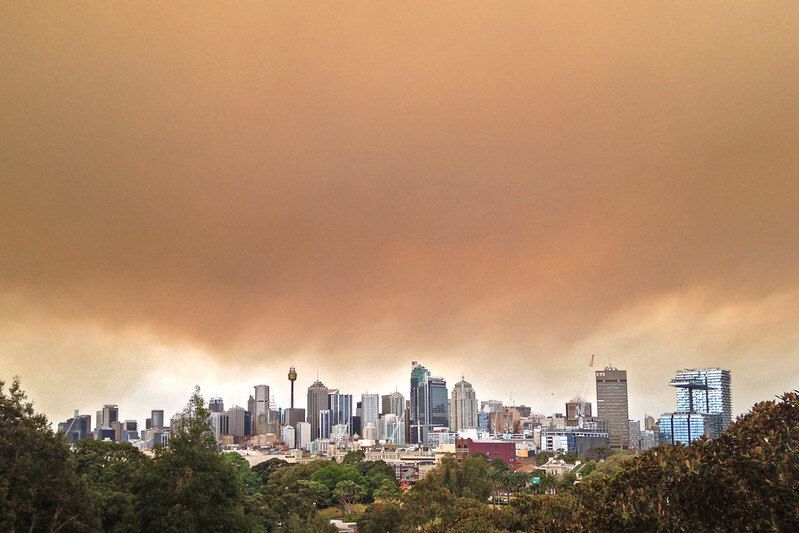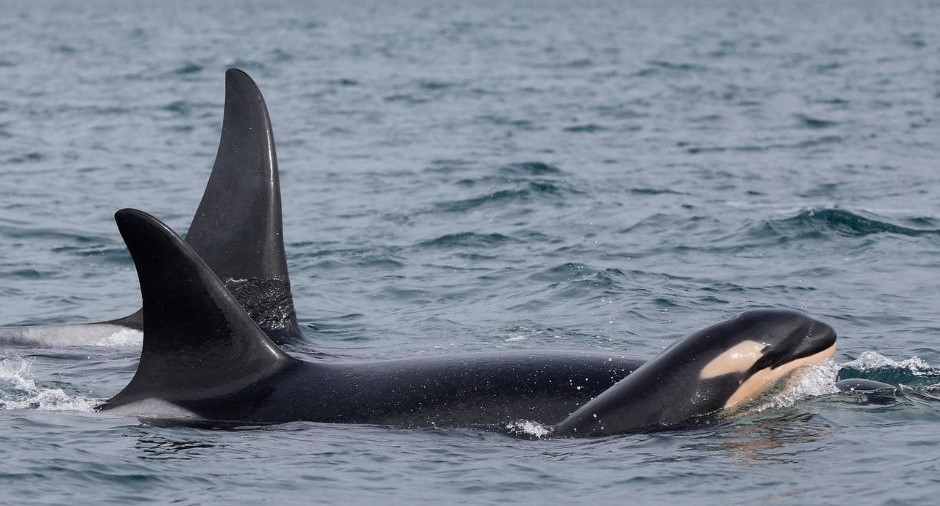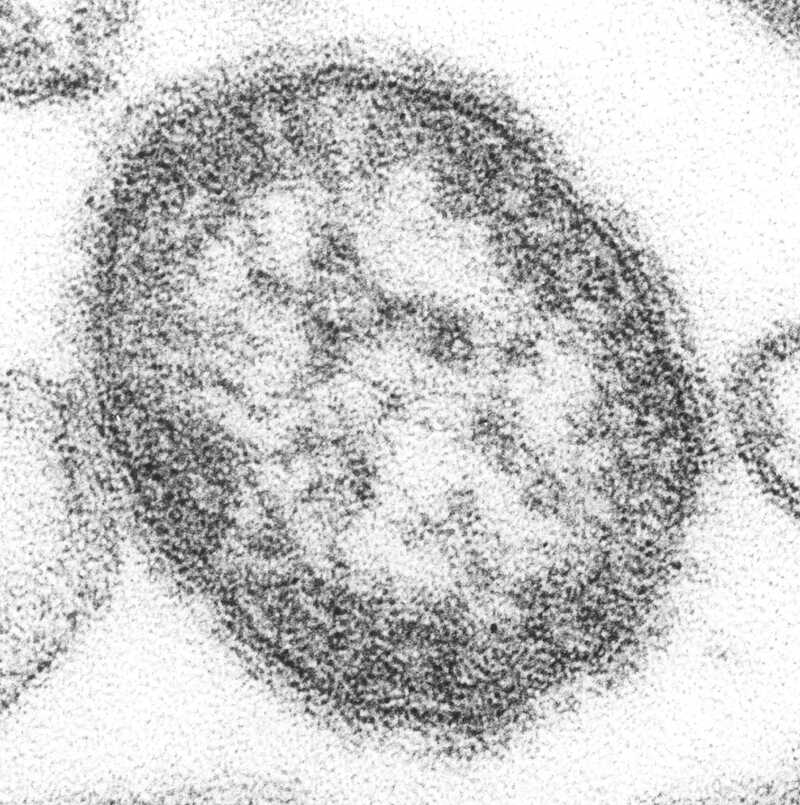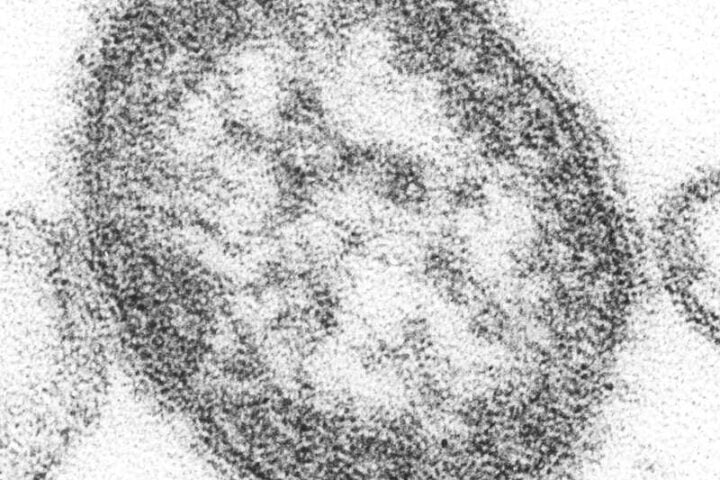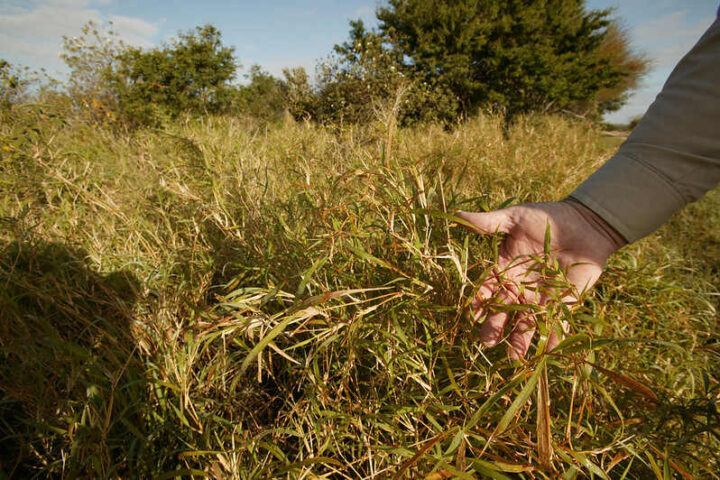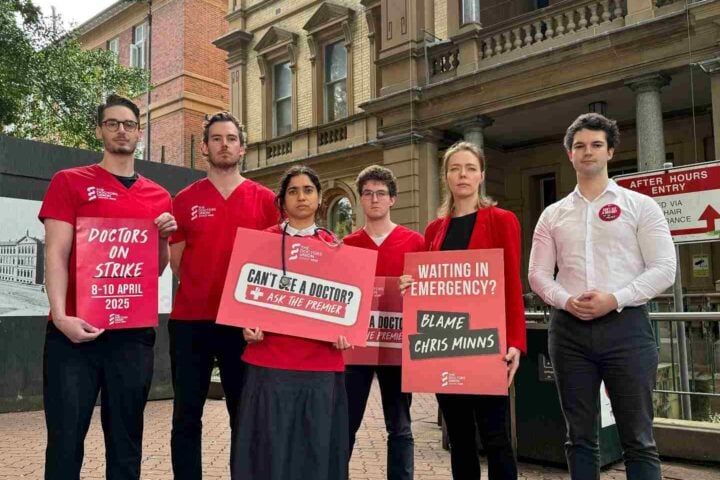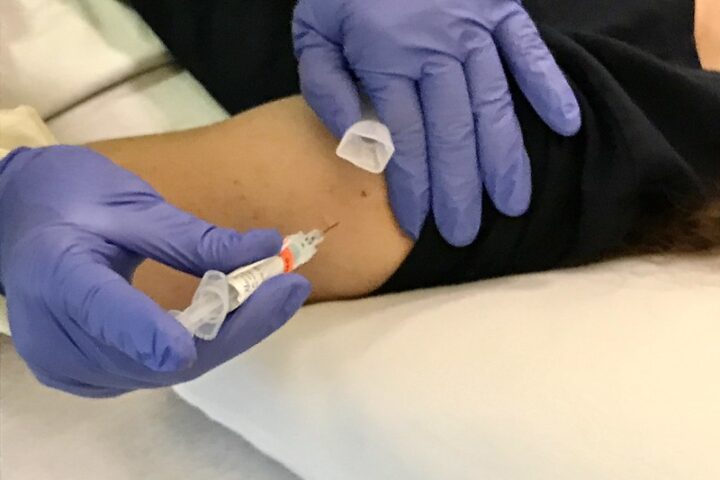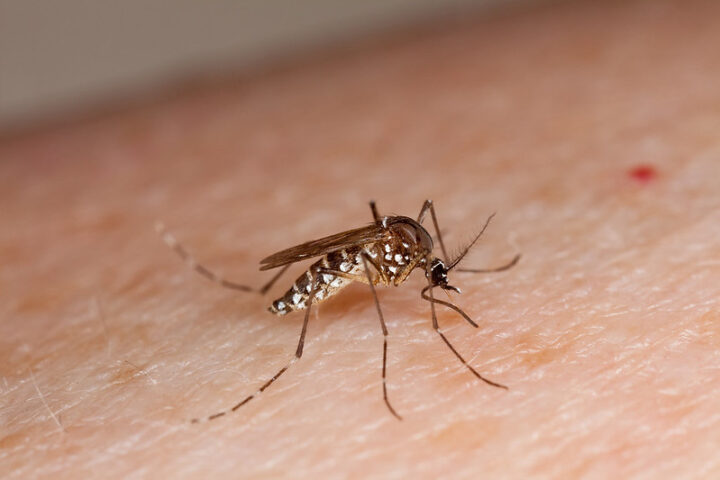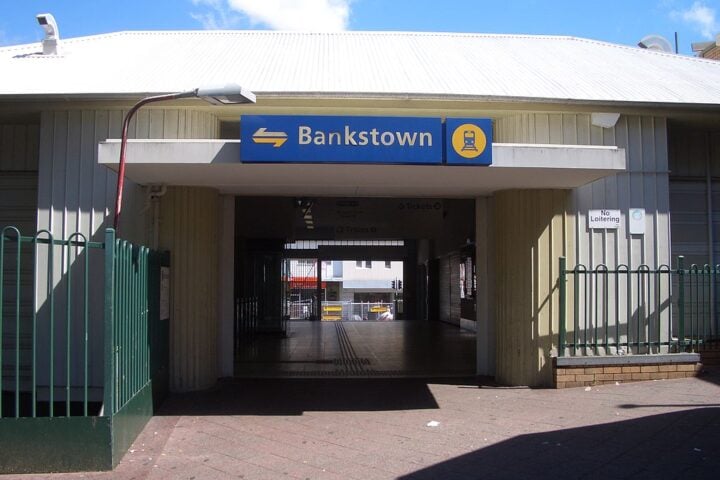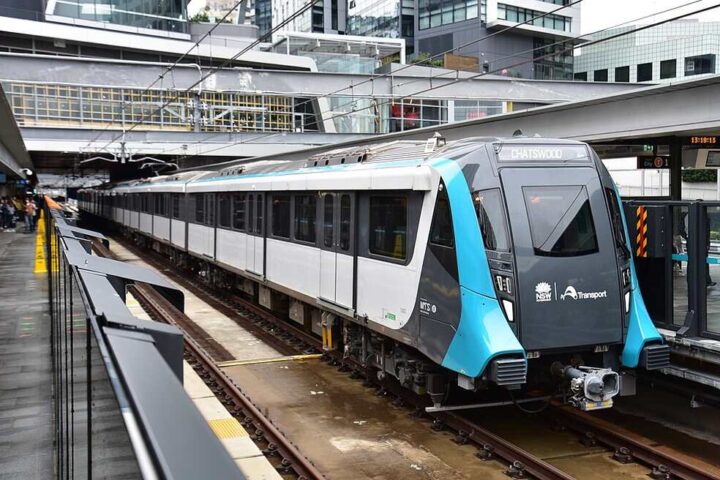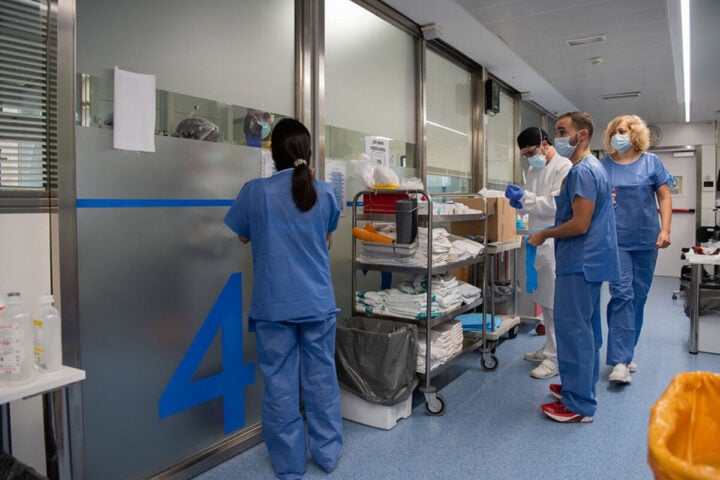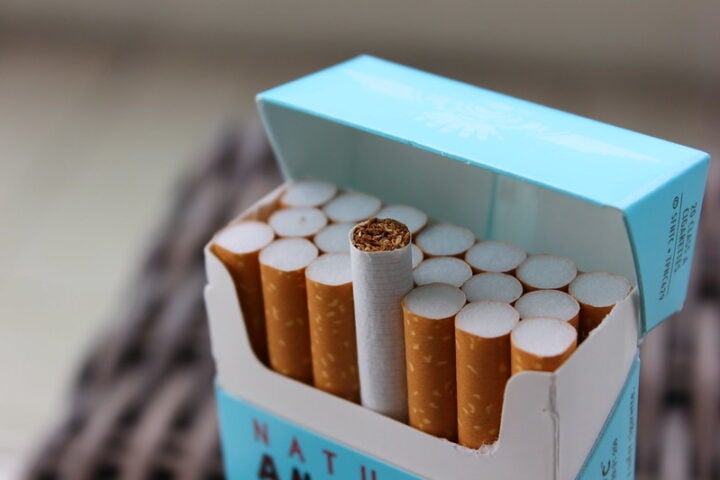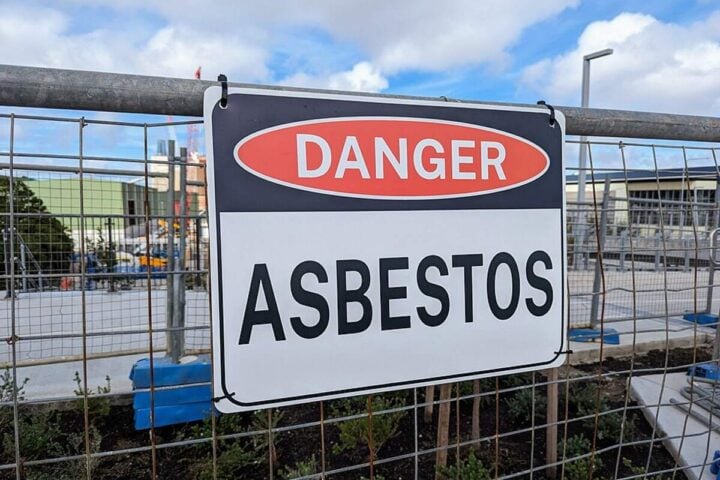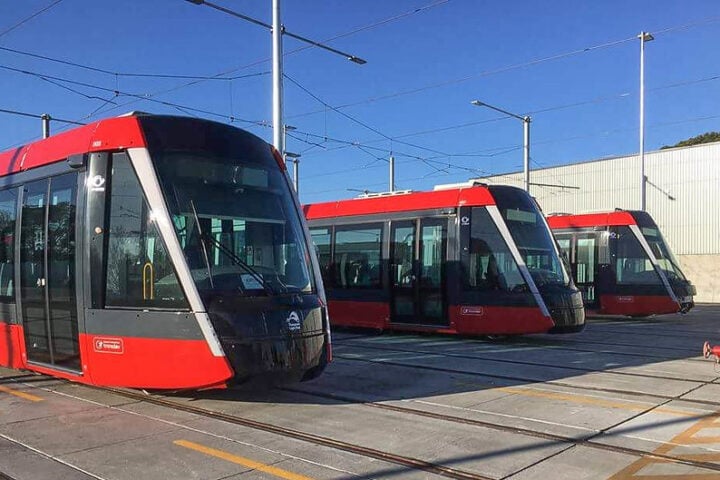A thick blanket of smoke covered Sydney on Friday, April 11, as planned hazard reduction burns pushed air quality to “very poor” levels across the city. The smoke, visible across western Sydney and the Blue Mountains, comes from controlled burns covering over 6,600 hectares in the greater Sydney region.
NSW Health’s Director of Environmental Health, Dr. Stephen Conaty, has raised serious concerns about the smoke’s health effects. While many people might notice a cough or sore throat, the situation is much riskier for those with existing health problems.
The most extensive burns are happening in the Blue Mountains National Park, near Katoomba and Mount Victoria, where nearly 4,000 hectares are being cleared to reduce future bushfire risks. The smoke from these burns has hit Sydney’s north-west particularly hard, with air quality dropping to “very poor” levels. Central western Sydney is also struggling with poor air quality, and conditions could get worse through the weekend.
Parents of young children, people over 65, and anyone with heart problems, lung conditions, or diabetes need to be extra careful right now. These groups face higher risks from smoke exposure, and even short periods outdoors could cause problems.
Dr. Conaty warns that smoke particles can seriously affect people with conditions like angina, asthma, emphysema and diabetes. “Smoke particles that get into the lung can worsen pre-existing health conditions like angina, asthma, emphysema and diabetes, potentially causing serious illness,” he explains.
Similar Posts
Health officials recommend staying indoors with windows and doors shut until the smoke clears. Air quality is generally better in air-conditioned venues like cinemas, libraries, and shopping centers. Anyone who must go outside should wear a P2 or N95 mask – but it needs to fit properly with an airtight seal to work.
People with asthma or breathing problems should keep their medicine close and stick to their health management plans. If symptoms worsen, they should consult their doctor. In emergencies, calling 000 could be lifesaving.

The controlled burns, stretching across the Hawkesbury, Hornsby, Southern Highlands, and Blue Mountains regions, are essential catch-up work to prevent dangerous summer bushfires. While smoke impact from these burns is expected, knowing the risks and taking precautions can help everyone stay safe.
Real-time air quality updates are available through the NSW Department of Planning, Industry and Environment’s monitoring system. These updates can help residents make informed decisions about outdoor activities as the smoke continues affecting Sydney’s air quality through the weekend.
